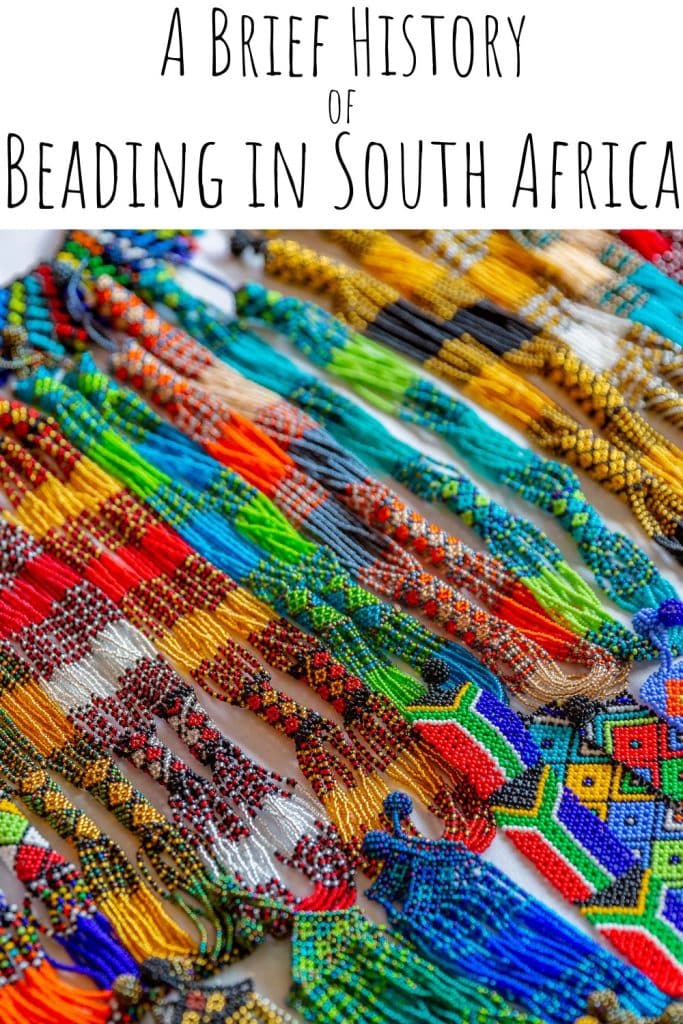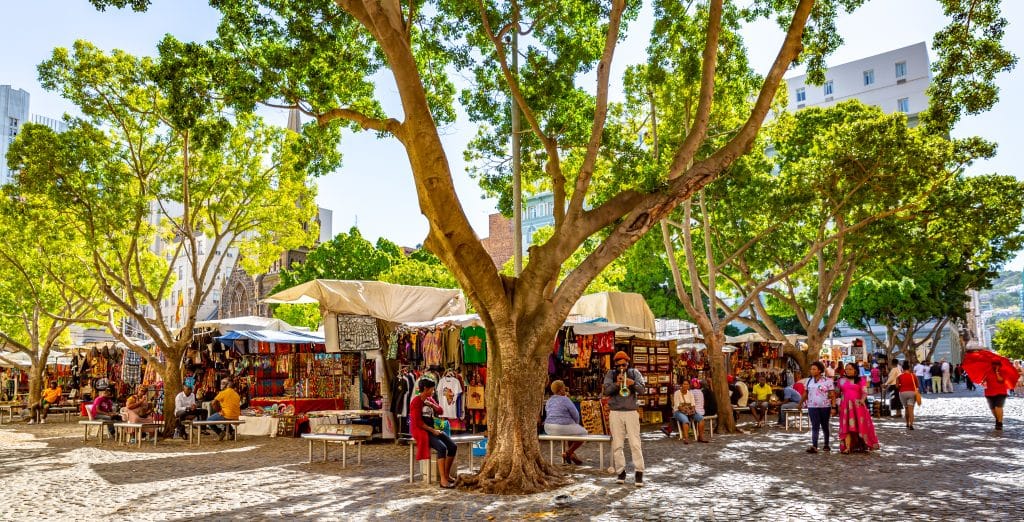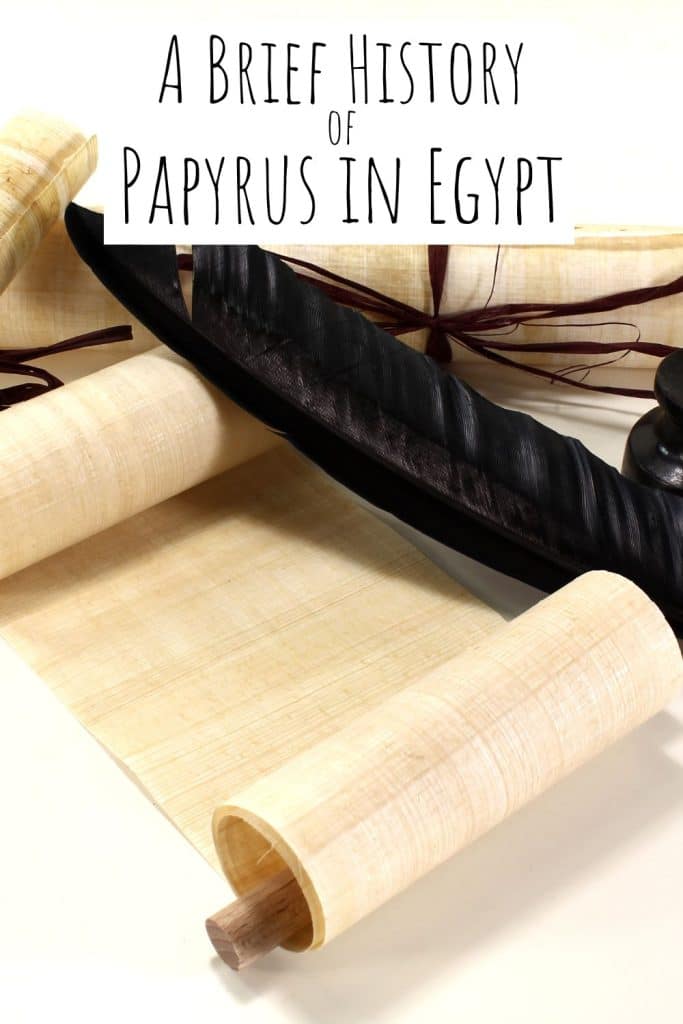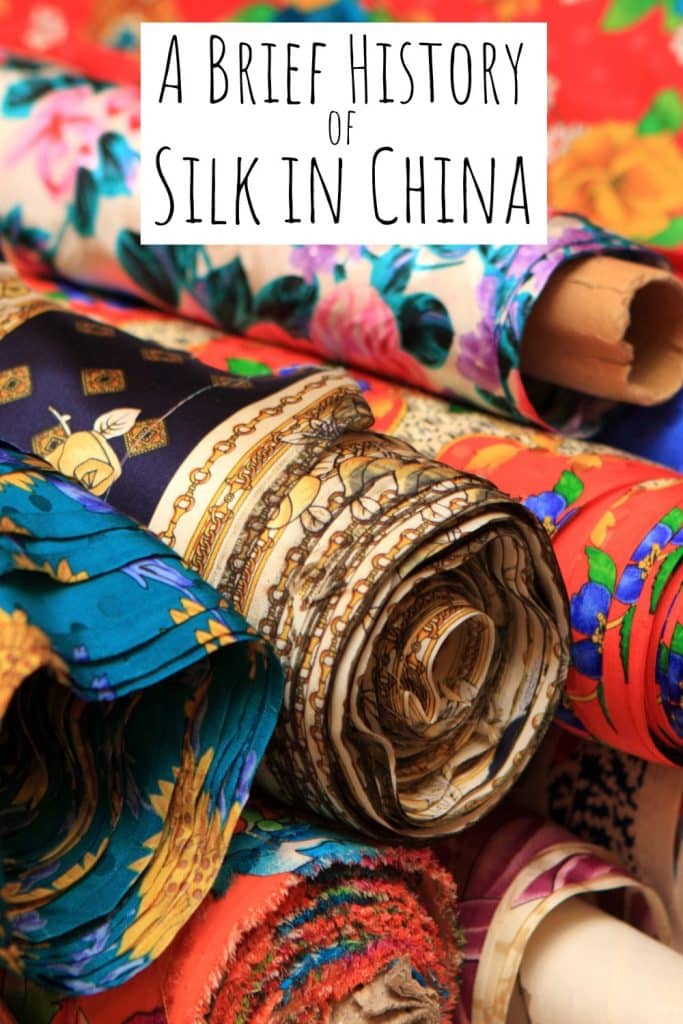A Brief History of Beading in South Africa
Beading in South Africa is an ancient craft that holds significant cultural value across various communities in South Africa. From the indigenous tribes to the diverse population, beading has played a vital role in expressing identity, preserving traditions, and showcasing artistic creativity. In this article, we delve into the rich history of beading in South Africa, exploring its cultural significance, origins, and the techniques that have been used for generations.

What is the cultural significance of beading in South Africa?
In South Africa, beading is deeply intertwined with cultural and social practices. Different tribes, such as the Zulu, Xhosa, Ndebele, and San, have utilized beadwork as a means of communication, storytelling, and adornment. Beaded items carry symbolic meanings, serving as markers of status, marriage, initiation, or spiritual beliefs. They also represent a connection to ancestral heritage and provide a visual representation of one’s cultural identity.
What are the origins of South African beadwork?
Beadwork in South Africa dates back thousands of years, with evidence of early bead production found in archaeological sites. Initially, natural materials like shells, seeds, and bones were used to create beads. As trade routes expanded, African artisans began incorporating glass beads, particularly those from Europe, which greatly influenced the evolution of South African beadwork.
During the colonial era, beadwork gained new significance as a form of resistance and cultural preservation. Africans utilized beads to express their identity covertly and communicate messages within a society that restricted their cultural practices. This resistance continued through apartheid, where beadwork served as a powerful symbol of cultural pride, unity, and resilience.
Techniques:
South African beadwork encompasses a wide range of techniques, each with its unique characteristics and cultural associations. Some notable techniques include:
Stringing: This technique involves threading beads onto a string or wire to create jewelry, accessories, or decorative items. It is the most basic form of beadwork and is commonly used for necklaces, bracelets, and belts.
Embroidery: Beads are intricately sewn onto fabric using a needle and thread, resulting in detailed patterns and designs. This technique is commonly seen in traditional clothing, ceremonial attire, and decorative tapestries.
Wirework: South African artisans skillfully manipulate wire to create intricate beaded sculptures, three-dimensional figures, and functional objects like baskets and bowls. The wire provides structural support while beads are added for embellishment.
Bead weaving: This technique involves interlocking beads using needle and thread to create complex patterns and motifs. Bead weaving is commonly used for creating beaded bags, amulets, and ceremonial regalia.
Preserving and Revitalizing Beadwork in South Africa:
In recent years, there has been a growing recognition of the importance of preserving and revitalizing traditional beading techniques in South Africa. Efforts have been made to pass on knowledge and skills from older generations to younger ones through community workshops, cultural festivals, and collaborations with contemporary artists. This resurgence of interest in beadwork has also led to its integration into modern fashion, where designers are incorporating traditional beadwork into contemporary clothing, accessories, and artworks.
The history of beading in South Africa is a testament to the profound cultural significance of this craft. From its ancient origins to its role in resistance and cultural preservation, beading has served as a visual language, connecting individuals to their heritage and fostering a sense of community. By understanding the cultural significance, history, origins, and techniques of South African beadwork, we can appreciate the artistry and craftsmanship behind these intricate creations that continue to captivate and inspire today.
Where are some places I can experience indigenous beadwork in South Africa?
If you are looking to experience indigenous beadwork in South Africa, here are some places where you can explore and appreciate this traditional craft:
Craft Markets and Fairs:
Visit local craft markets and fairs across South Africa, where artisans often showcase and sell their beadwork creations. Markets like the Rosebank Sunday Market in Johannesburg, Greenmarket Square in Cape Town, and I Heart Market in Durban are known for featuring a variety of handmade crafts, including indigenous beadwork.
Cultural Villages and Museums:
Cultural villages and museums provide immersive experiences into the indigenous cultures of South Africa, including their traditional beadwork. Some notable places to visit include:
Lesedi Cultural Village (Gauteng): Offers an interactive experience with various indigenous cultures, showcasing their beadwork traditions.
Basotho Cultural Village (Free State): Focuses on the Basotho people and their cultural practices, including beadwork.
Mpumalanga Cultural Experience (Mpumalanga): Provides insight into the traditions and beadwork of the Ndebele people.
Community-Based Tourism Initiatives:
Several community-based tourism initiatives in South Africa offer opportunities to engage with local artisans and learn about their beadwork traditions. These initiatives aim to support sustainable tourism and empower local communities. Examples include:
Monkeybiz (Cape Town): A nonprofit organization that works with women in townships, creating unique beadwork art. They offer tours and workshops where visitors can learn about the craft.
Cape Town Beadwork Market (Cape Town): A cooperative of Xhosa women who create intricate beaded jewelry. They often participate in events and exhibitions, providing a chance to interact with the artisans.
Art Galleries and Contemporary Craft Stores:
Explore art galleries and contemporary craft stores in urban areas, particularly in cities like Cape Town, Johannesburg, and Durban. These spaces often feature modern interpretations of indigenous beadwork created by talented contemporary artists and designers.
Cultural Festivals and Events:
Attend cultural festivals and events that celebrate South Africa’s diverse cultures. These occasions often include exhibitions, performances, and demonstrations of traditional beadwork. The National Arts Festival in Grahamstown and the MTN Bushfire Festival in Eswatini (near the South African border) are notable events that showcase traditional arts and crafts.
In conclusion, South Africa offers a vibrant tapestry of indigenous beadwork traditions that are both visually stunning and culturally significant. From craft markets and cultural villages to community-based initiatives and art galleries, there are numerous places where you can experience the rich heritage of South African beadwork. These experiences allow you to appreciate the history, techniques, and cultural significance of this ancient craft. Whether you explore traditional beadwork in museums, engage with local artisans in community initiatives, or discover contemporary interpretations in art galleries, South Africa offers a diverse range of opportunities to immerse yourself in the beauty and craftsmanship of indigenous beadwork. By embracing these experiences, you can deepen your understanding of the cultural heritage while supporting the preservation and revitalization of this cherished art form!
Have a thirst for more brief histories? Learn all about papyrus in Egypt!
Or find out about silk in China!















